
The Canadian chapter of the International Erosion Control Association is proud to present its 2nd annual conference. This conference will cover subjects ranging from all aspects of Erosion and Sediment Control. From blankets, to products and experts from all over this conference will inform, teach and pleasantly surprise its viewers.
During this one-day virtual conference, renowned professionals will share their experience and best practices in the erosion and sediment control (ESC) field.
The programme is tailored to cater to professional audiences ranging from environmental designers, engineers, project managers, contract administrators, field staff, environmental inspectors & monitors, and anyone seeking to learn more about how to integrate effective erosion and sediment control measures into their projects.
Our main topics for this conference will cover Certification, ESC Planning, Low Impact Development (LID), ESC Monitorings, Seeding/ Site stabilization practices and so much more. Our experts will be reserving the right to surprise you with more information and excitement.
Are you ready for an plethora of knowledge from experts on the following subjects:
- Fundamentals of ESC Planning
- Planning and Delivering Effective ESC Monitoring
- ESC and Low Impact Development (LID) Measures
- Seeding / Site Stabilization Practices
Program
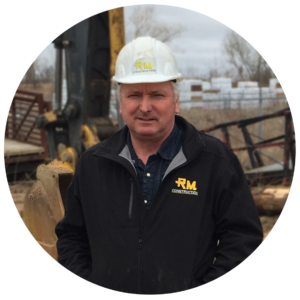
Harry Reinders
11:00-11:15
Opening Remarks and Update on Current Trends
Harry Reinders has been involved in R&M Construction as co-owner for 45 years and helped guide the R&M transition to third generation. R&M Construction is a company which specializes in natural stream construction and shoreline stabilization projects. Harry began working on stream projects as an equipment operator and eventually became president and general manager. R&M Construction has constructed many, many kilometers of stream restoration projects as well as many shoreline and wetland projects over the years utilizing a variety of design techniques and often with difficult access limitations. Harry has also been on various advisory committees to help develop consistency and best practices in the erosion control industry.
TRACK 1 – ESC Planning
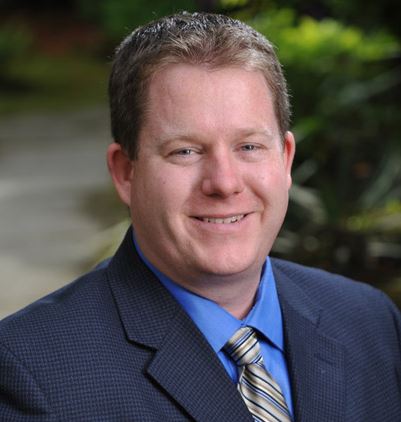
James Kay
11:15-11:45
ESC Planning: Achieving Compliance
Great ESC Planning is fundamental to effective and compliant Erosion & Sediment Control. The planning can become a consistent and repeatable process that can be employed on any site: get the planning right, and the rest will achieve its goals. In this session we will share this process and focus on the assessment, design, plans, monitoring, measurements, documentation and communication needed to succeed in your ESC Plans. With great ESC planning, your sites will be compliant, efficient, and effective.
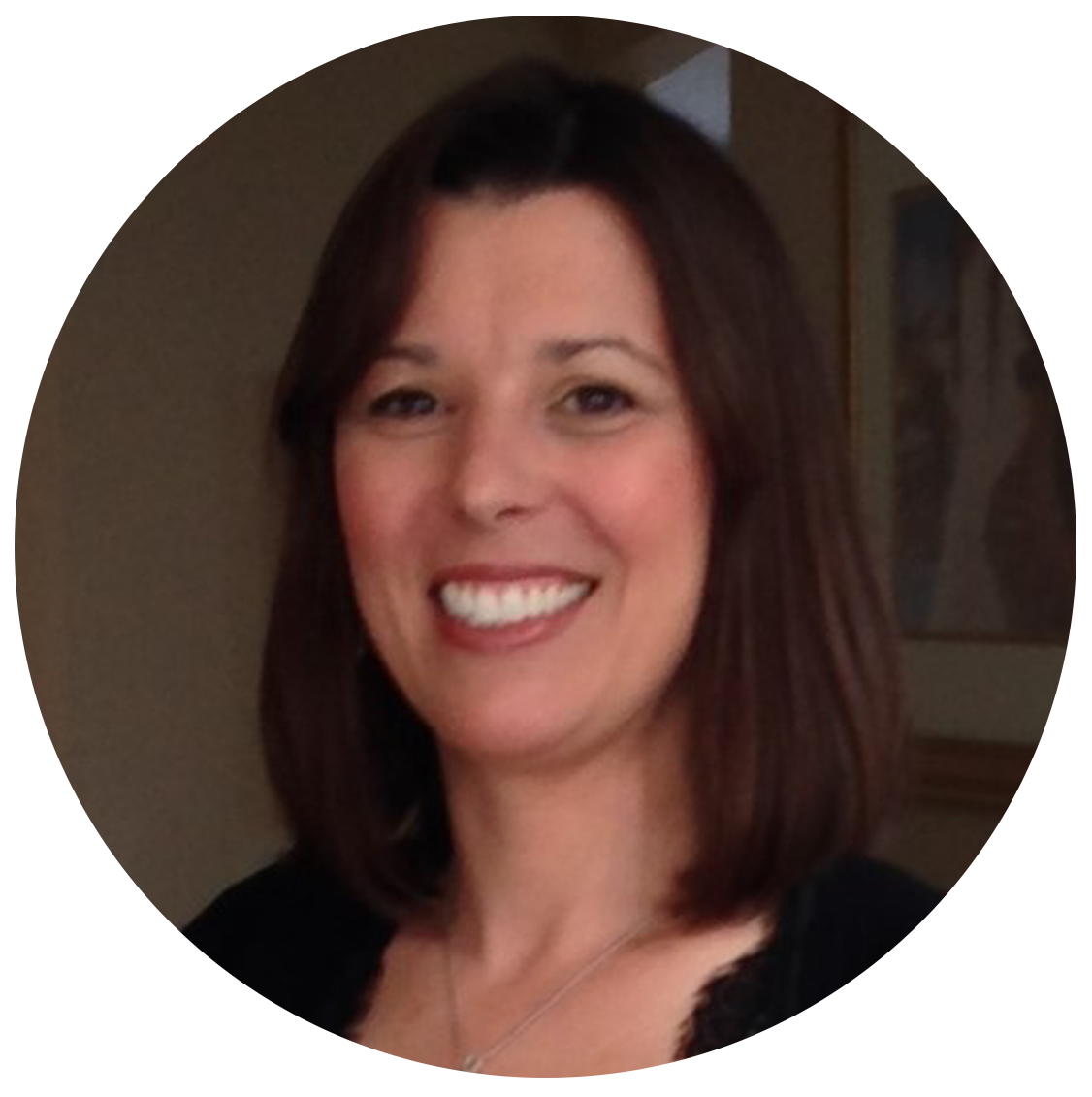
Katherine Mitchell
11:45-12:15
ESC in Low Impact Developments
Stormwater management design is evolving to account for more than just moving water rapidly from one place to another. Water quality, climate resiliency, and aesthetics all playing a part in the move towards incorporating green infrastructure systems into stormwater design. Getting these systems from the design phase to working stormwater elements on active construction sites can be a challenge. Careful scheduling and creative erosion and sediment control solutions are a must. This presentation will provide a brief overview of what low impact developments are, discuss why ESC is so important during their construction, and explore some examples on how to incorporate ESC on your next Low Impact Development (LID) project.
Track 2 – ESC Monitoring/Planning and Delivering Effective ESC Monitoring

Alex Zimmerman
12:15-12:45
Pro Tips for improving inspections
Construction sites are required to perform inspections and often struggle to find value beyond compliance with the time and effort spent inspecting. This presentation will examine some tips and tricks to improve the inspection and its ability to demonstrate due diligence while improving the project outcomes. Join Alex Zimmerman CPESC for a summary based on years of site audits and compliance review as well as inspector training for a pro tips for all inspectors.
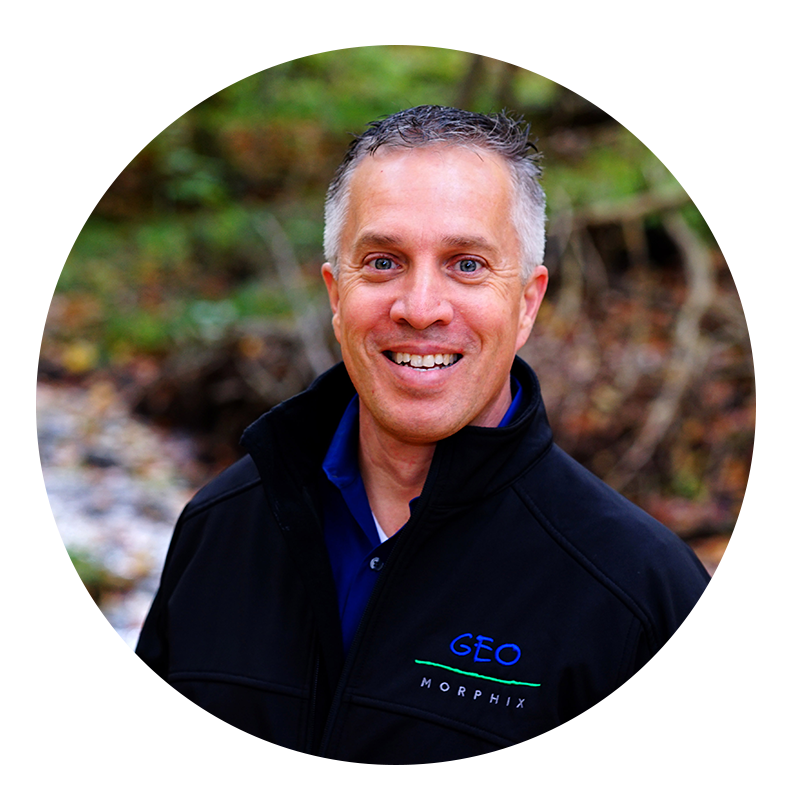
Paul Villard
12:45-13:15
A Brief Review of Requested and Proposed ESC Monitoring Requirements: What Could We Consider the Common Elements in ESC Monitoring Plans?
For nearly thirty years, Dr. Villard has been involved in research related to geomorphology in fluvial, coastal, and estuarine systems. His research has covered a range of topics including fundamentals of sediment transport, bedform and channel evolution, turbulence and hydrodynamics, field measurement techniques, urban impacts on rivers, and the evolution and habitat benefit of restored river systems. For the last twenty years, he has applied his knowledge of sediment transport, hydrodynamics, and geomorphology to hundreds of projects throughout Ontario. He has also been involved in projects in Manitoba, California, and the northeastern United States. Projects include sediment transport studies, geomorphic assessments, stream and shoreline restoration, erosion assessments for both stormwater management and dewatering projects, hazard assessments, and site remediation. He is a member in good standing of the Association of Professional Geoscientists of Ontario, and the Associations of Professional Engineers and Geoscientists of Alberta and Manitoba.
Track 3 – ESC in Other Aspects of Construction
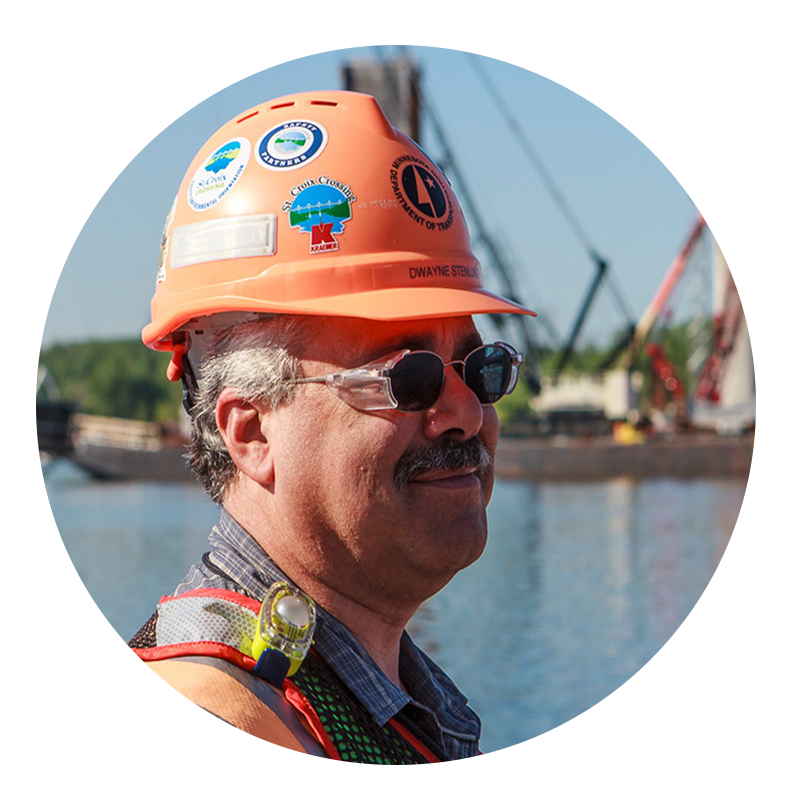
Dwayne Stenlund
13:45-14:15
Enhancing Resource Protection Through Visual Aids. Example Guidance Documents to help deliver permit and construction contract compliance
A quick exploration of best management practices from simple (least expensive) to robust (usually most expensive) expressed through visual aid documents. The intent of the presentation is to help both construction and regulatory inspectors ensure the best and most practicable BMP was selected, installed and maintained in a functional manner for particular locations. As there a many BMPs for various modes of sediment control, erosion prevention, brown water management and pollution prevention, knowing which best value BMP to select is hard. It is even more difficult to know what to upgrade and amend when reality of season, weather, and field condition affects what was installed. The guidance documents are a communication tool when change is necessary to ensure BMP functionality. Contractors have been known to laminate copies of the guidance documents and point to a photo requesting the BMP look like the image. In the end a link will be provided to obtain PDF copies of everything presented.
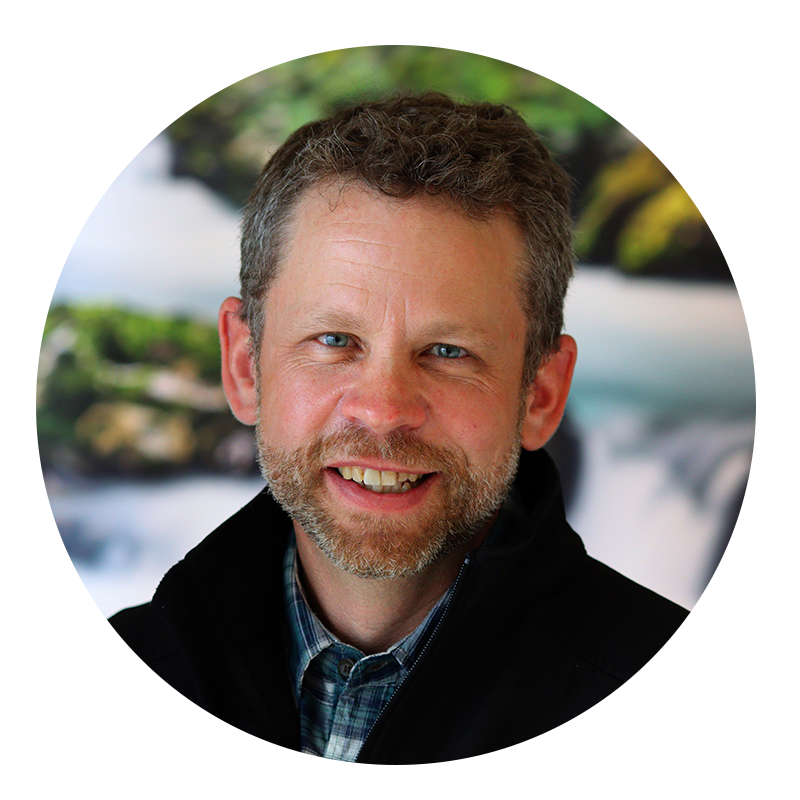
Michael Lawson

Lindsay Davis
14:15-14:45
Installing Large Corridor Channel Realignments Successfully While Limiting Environmental Impacts
Large scale corridor realignments have unique implementation challenges that are different from ‘in- water’ channel restoration works. They require both cut and fill operations, usually within existing floodplains, and phasing requirements based on environmental construction windows and adjacent site development activities. This makes these corridors susceptible to erosion and sediment control (ESC) issues that can cause negative impacts to the existing watercourses or to completed sections of channel during a ‘phased’ construction process. Aside from preventing sediment laden runoff from entering the existing or constructed watercourse, managing the existing flows and proper onsite water management needs to be considered before breaking ground. Various approaches can be used to better manage construction site conditions and effectiveness of their ESC measures. This includes an adaptive ESC plan that can progress with the phases of work, strategically placed ESC measures that can be employed as a result of skilled on-site observances, and constructing and stabilizing the corridor realignment in sections. These will be discussed among others in the context of feasibility and protection of the natural environment.

Chris Thomson
14:45-15:15
Hydroseeding Practices for Vegetation Establishment and Erosion Control
Chris Thomson is the owner of Maritime Hydroseed, a green-industry leader in vegetation establishment and preventative solutions for erosion, sediment, stormwater, and dust control. Maritime Hydroseed, based in Saint John NB, is a diverse company providing landscape, erosion control and reclamation services throughout New Brunswick and Atlantic Canada.
Chris is factory-certified by the leading industry-manufacturers in the application and installation of HECP (hydraulic) and RECP (rolled) erosion control products. And he has extensive experience in biotic soil amendments (BSAs) and hydraulic growth mediums (HGMs) as topsoil alternatives.
Chris has over 25 years in the environmental field and received his Certified Hydroseed Professional or CHP designation in 2013 from the IAHP – the International Association of Hydroseeding Professionals, becoming the first certified in Canada.
Chris is the current President of the IAHP – International Association of Hydroseeding Professionals. He is serving as Vice-President of the Atlantic Chapter of the CLRA – Canadian Land Reclamation Association. He is on the CANIECA board – Canadian Chapter, International Erosion Control Association. Chris also serves on the New Brunswick Road Builders & Heavy Construction Association board and is Chair of the Construction Safety Committee and Environmental Committee member.

Rob Anderson
15:15-15:45
Why Professional Certifications are Essential for Success in Stormwater
Juris Doctorate, PE (15 States), CPESC, CPMSM, CPSWQ, CESSWI, CPISM, NGICP, QSM
Serving ECI as CEO and Chairman of the Board, Mr. Robert Anderson has been responsible for leadership and direction of the organization since 2014, and also serves as the Technical Director.
Mr. Anderson is a Professional Civil Engineer in Fifteen (15) U.S. States and holds all seven (7) professional certifications (CPESC, CESSWI, CPISM, CPSWQ, NGICP, QSM and CPMSM) administered by ECI and is also a Trainer of Record. He earned a Doctorate degree in law, graduating Cum Laude in 2005. In addition, Mr. Anderson is a California QSP/QSD and Trainer of Record (ToR) for Industrial and Construction programs. Mr. Anderson also served as a Presidential appointee to the Stormwater Council for American Public Works Association (APWA) for three (3) years, which included serving one (1) year as National Chair.
With over thirty-six (36) years of experience in the civil and geotechnical engineering field, Mr. Anderson is the president of RJR Engineering and Consulting, Inc., a civil engineering firm with offices in California and Nevada. Mr. Anderson has worked on over 4,500 projects in the western U.S. including several international projects that include custom residential developments to large residential tracts, institutional, commercial, and industrial land developments, and a wide range of Municipal/Capital Improvement and engineering infrastructure projects.
In his spare time, Mr. Anderson enjoys spending time with his family and is also a licensed commercial and acrobatic single and multi-engine pilot and helicopter pilot, a certified scuba diver, avid golfer, martial arts, guitar playing, and triathlons.
CANIECA Across Canada Panel
Thanks to our sponsors for making this event possible

ECB Verdyol
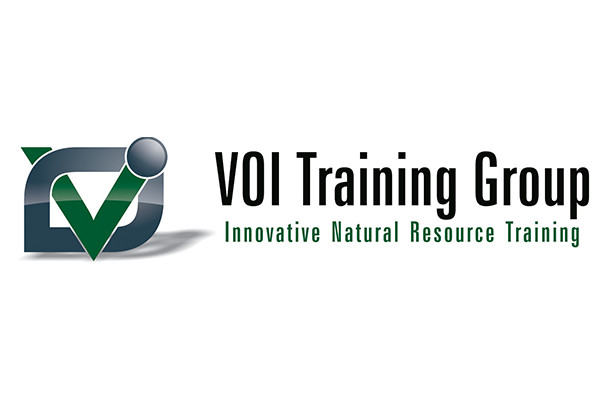
VOI Training Group

About the Organizers
The Canadian Chapter of the International Erosion Control Association (CanIECA) is a dynamic, member-based organization. We provide education, resources and networking for industry, government and academic professionals interested in erosion and sediment control, stormwater management, and stream protection & restoration.
